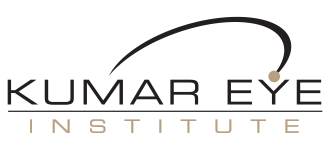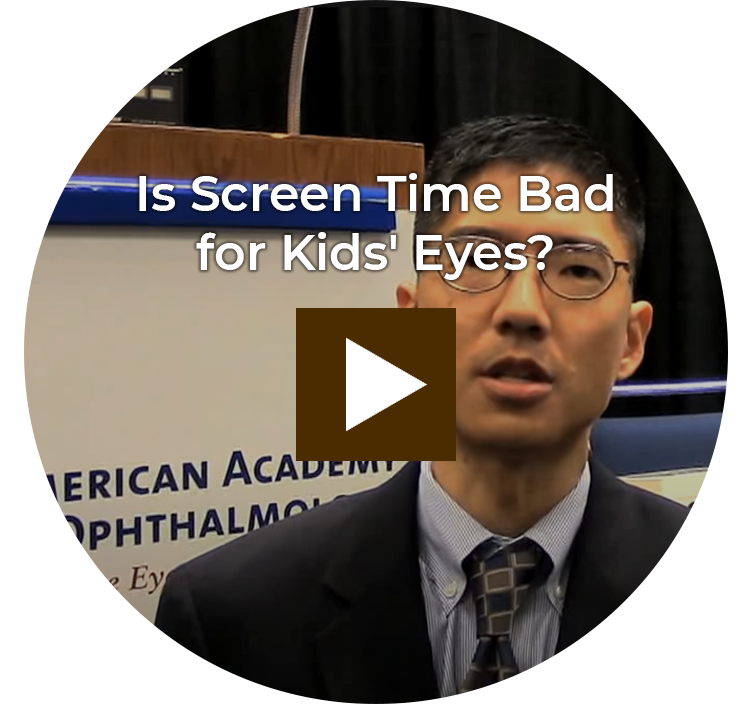Esotropia is a form of strabismus sometimes referred to as ‘eye misalignment’ or ‘Crossed Eyes’. It is characterized by an inwards turn of one or both eyes. Esotropia may be intermittent or constant and may occur with near fixation, distance fixation, or both. The crossing may occur mostly with one eye or may alternate between eyes. Esotropia may occur at any age and is the opposite of Exotropia (outward eye turn).
Is Esotropia ever ‘normal’?
Esotropia in infants less than 20 weeks old frequently resolves on its own, especially when the misalignment is intermittent and small in degree. However, constant eye crossing at ANY age should be evaluated promptly by a pediatric ophthalmologist. Any eye crossing (constant or intermittent) beyond 4 months of age should be evaluated.
What problems can Esotropia cause?
The effect of esotropia on the visual system depends on the frequency/severity of eye crossing and age. Eye crossing affects the ability of the eyes to work together. Older children and adults with a new onset esotropia often experience diplopia (double vision) and/or a decreased field of vision. Children can lose stereopsis (3-D vision) and binocularity (simultaneous use of the eyes) in addition to loss of vision in the crossing eye (e.g. amblyopia).
Does Esotropia run in families?
Eye muscle problems or misalignment of the eyes (Strabismus) can run in families. However, affected family members do not necessarily share the same type and/or severity of strabismus. A family history of strabismus is an indication to be seen by a pediatric ophthalmologist. Are there conditions that increase the risk of esotropia?
Prematurity, a positive family history, and various neurological and genetic disorders increase the risk of eye misalignment. Also, some systemic disorders cause ocular misalignment (hyperthyroidism, diabetes, etc.).
Do children ever look crossed eyed but actually have straight eyes?
Occasionally children may appear to have esotropia without evidence of true crossing. This is usually due to the shape of the eyelids and/or nasal bridge [See figure 2]. These children have pseudostrabismus. Any child suspected of having ocular misalignment should have a thorough examination by a pediatric ophthalmologist. Some children can have both pseudostrabismus and an actual eye misalignment. Therefore, pseudostrabismus by itself does not
eliminate the possibility of true eye crossing. Fig. 2: Pseudostrabismus is the appearance of, but not truly misaligned eyes.
How does a Pediatric Ophthalmologist evaluate a child with suspected Esotropia?
After taking a careful history, the specialists at Kumar Eye Institute will assess your child’s visual acuity. Our physicians determine whether the acuity is equal in each eye or if one eye is stronger than the other. Ocular misalignment, if detected, is quantified. The general health of the eye, as well as the refractive state of the eye (ie. farsightedness, nearsightedness, astigmatism) is assessed. More occult causes of esotropia, such as an eye tumor or neurologic origin, are also ruled out.
What are the treatment options for Esotropia?
Management of Esotropia is based on a number of factors. The overriding principles are:




Treatment modalities used to realign the eyes include glasses (sometimes with prism or bifocal), patching, strabismus surgery (eye muscle surgery), and botulinum toxin (less frequently utilized).
Call Today for an Appointment
502-368-3937








